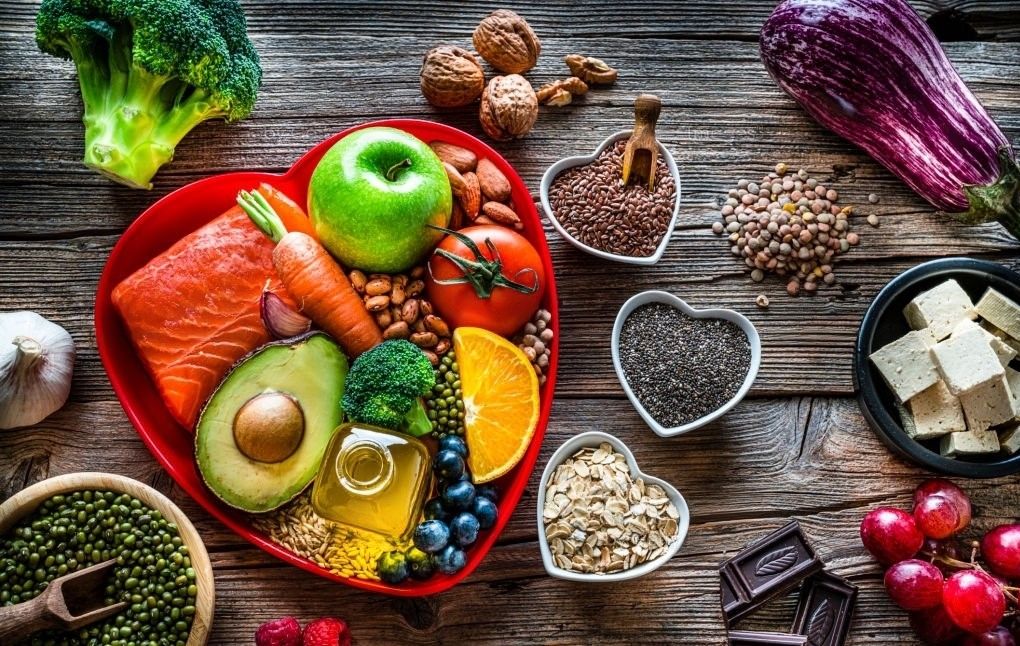
The Crucial Role of Dietary Fiber in Promoting Satiety and Managing Weight
In a world where obesity and weight-related health issues have become increasingly prevalent, understanding the role of dietary factors in satiety and weight management is paramount. Among these factors, dietary fiber stands out as a powerful tool that plays a significant role in promoting satiety and aiding weight management. In this comprehensive article, we will explore the intricate relationship between dietary fiber, satiety, and weight management, shedding light on the mechanisms behind these effects and providing practical insights for making informed dietary choices.
Understanding Dietary Fiber
Dietary fiber, often referred to simply as “fiber,” is a type of carbohydrate found in plant-based foods that the body cannot fully digest or absorb. Unlike other nutrients, fiber passes through the digestive system largely intact, contributing minimal calories to the diet. Fiber is mainly classified into two types:
1. Soluble Fiber: The Gel-Forming Helper
Soluble fiber has the unique ability to dissolve in water, forming a gel-like substance. This type of fiber is found in foods like oats, beans, lentils, fruits, and vegetables. Soluble fiber is known for its role in lowering cholesterol levels and stabilizing blood sugar.
2. Insoluble Fiber: The Digestive Champion
Insoluble fiber does not dissolve in water and adds bulk to stool, aiding in regular bowel movements and preventing constipation. Foods like whole grains, nuts, seeds, and the skins of fruits and vegetables are rich in insoluble fiber.
Promoting Satiety through Fiber
Satiety refers to the feeling of fullness and satisfaction after eating. Fiber plays a vital role in promoting satiety through several mechanisms:
1. Increased Chewing and Volume
Fiber-rich foods often require more chewing, which can slow down eating and give the body more time to register fullness. Additionally, foods high in fiber tend to have a larger volume, occupying more space in the stomach and triggering stretch receptors that signal fullness to the brain.
2. Delayed Gastric Emptying
Soluble fiber forms a gel when it comes into contact with water. This gel slows down the emptying of the stomach, leading to a prolonged feeling of fullness and reduced hunger.
3. Hormonal Regulation
Certain hormones involved in appetite regulation, such as ghrelin and leptin, are influenced by the consumption of fiber. Soluble fiber, in particular, can help lower ghrelin levels (the “hunger hormone”) and increase leptin sensitivity (the “satiety hormone”), contributing to reduced appetite.
4. Blood Sugar Regulation
Fiber-rich foods, especially those high in soluble fiber, have a lower glycemic index, meaning they cause slower and more gradual increases in blood sugar levels. This prevents rapid spikes and crashes in blood sugar, which can lead to increased hunger and overeating.
Managing Weight through Fiber
Dietary fiber’s impact on weight management goes beyond promoting satiety:
1. Caloric Dilution
Fiber-rich foods are often lower in calories but higher in volume, leading to a phenomenon called “caloric dilution.” This means that you can consume larger portions of fiber-rich foods without significantly increasing your caloric intake, which can contribute to weight loss or maintenance.
2. Reduced Energy Density
Fiber-rich foods tend to have a lower energy density, meaning they provide fewer calories per gram. This encourages individuals to consume fewer calories while still feeling satisfied.
3. Mindful Eating
The act of consuming fiber-rich foods requires more mindful chewing and slower eating. This practice can enhance the awareness of hunger and fullness cues, preventing overeating.
4. Long-Term Habits
Incorporating fiber-rich foods into the diet encourages healthier eating habits overall. By choosing whole, minimally processed foods, individuals are more likely to opt for nutrient-dense options and avoid calorie-laden, low-nutrient foods.
Practical Tips for Increasing Fiber Intake
Incorporating more fiber into your diet doesn’t have to be complicated:
- Choose Whole Grains: Opt for whole grains like brown rice, quinoa, whole wheat, and oats instead of refined grains.
- Load Up on Fruits and Vegetables: Aim to fill half your plate with fruits and vegetables during meals.
- Include Legumes: Beans, lentils, chickpeas, and other legumes are excellent sources of fiber and plant-based protein.
- Snack Smart: Reach for fiber-rich snacks like nuts, seeds, and whole fruits.
- Read Labels: When selecting packaged foods, check the nutrition label for fiber content.
- Gradual Increase: Increase your fiber intake gradually to allow your digestive system to adjust.
Conclusion
Dietary fiber is a cornerstone of a healthy diet that offers a plethora of benefits beyond digestion. Its role in promoting satiety and aiding weight management makes it a valuable ally in the battle against obesity and related health concerns. By incorporating a variety of fiber-rich foods into your daily meals, you can harness the power of fiber to not only feel more satisfied after eating but also support your long-term weight management goals. Remember, a balanced and fiber-rich diet, combined with mindful eating practices, can set you on the path to achieving and maintaining a healthier weight and overall well-being.



